Regenerative Gardening, No-Till Winter Cover Crop Strategies
UnderstandingAg
OCTOBER 29, 2023
Planning Winter Cover Crop Rotations Maximizing cover crop benefits in the garden requires strong crop planning with strategic rotations coupled with creative improvision so it’s important to examine strategies and considerations for incorporating cover crops with no-till methods and inter-seeding.



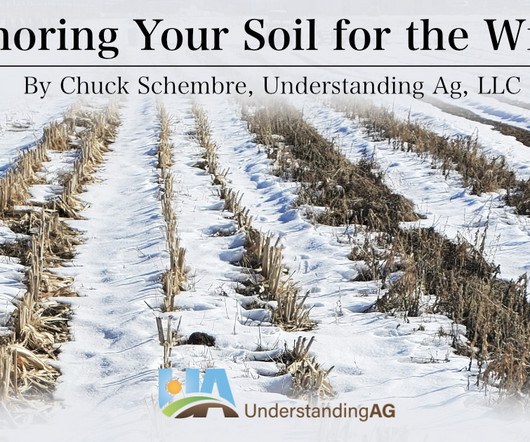
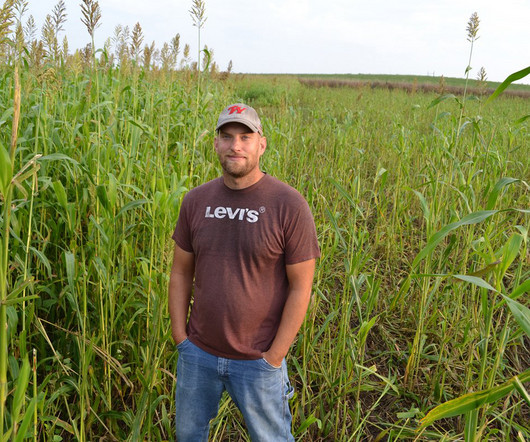
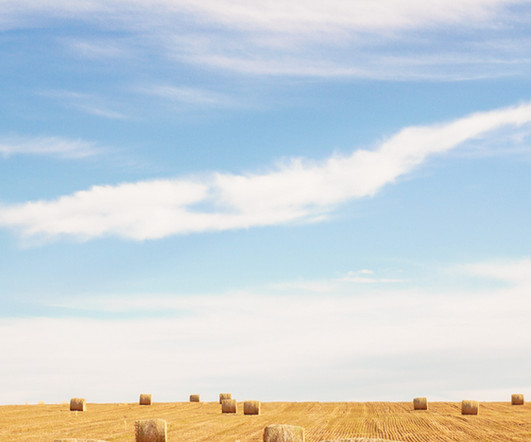


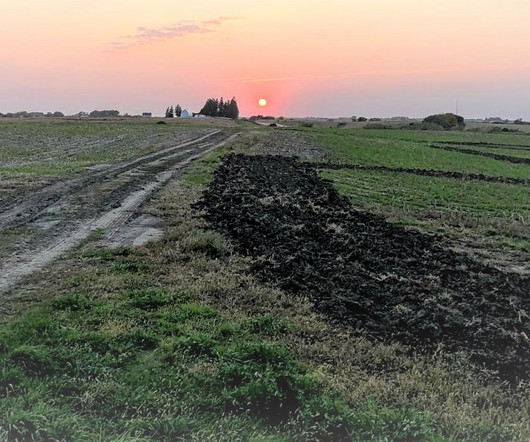


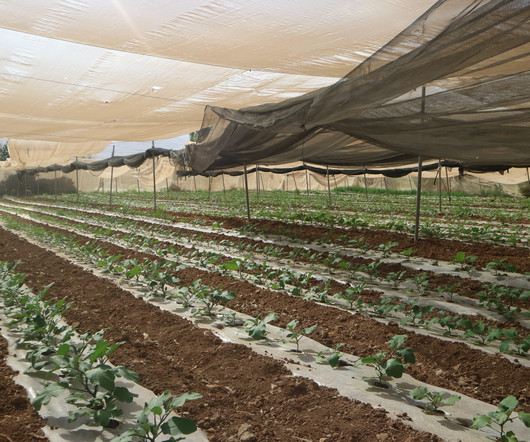
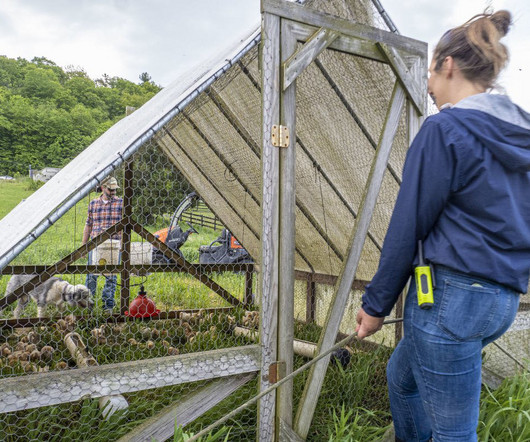







Let's personalize your content